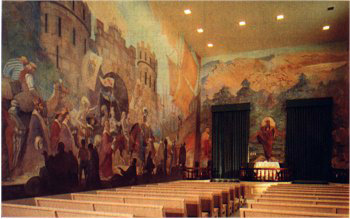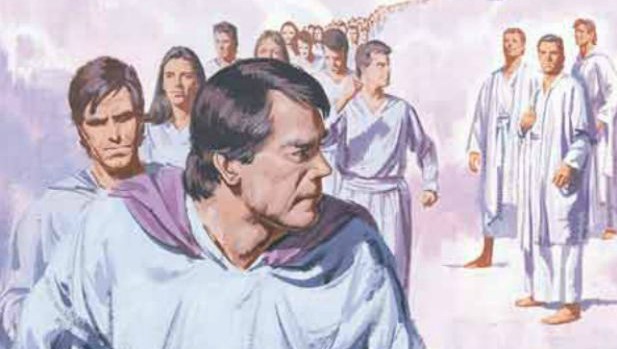I had a discussion with my mother recently on the status of those in the telestial glory. In the Temple we learn that our earth is compaired the telestial kingdom. How can we then understand D&C 76:89 when Joseph Smith explains “And thus we saw, in the heavenly vision, the glory of the telestial, which surpasses all understanding.”
Stig
_____________
Stig,
Any symbol can be taken too far in the application towards a given principle. For instance, we are told the Christ is the (grape) Vine, and his Apostles were branches. Yet we see the same term applied to small congregations. It would be highly erroneous to suppose that these small congregations of branches are comprised solely of Apostles because they share nomenclature. It would be accurate and appropriate to state that each is the proper offshoot of its respective “trunk”.
The scriptures teach us that the telestial kingdom does not have the fullness of the Father or the Son, but “of the Holy Spirit through the ministration of the terrestrial” (D&C 76:86,88) – much like how this world learns the things of God through the Holy Ghost and ministering angels. The inhabitants of the telestial kingdom are described as a large cross-section of this fallen world in which we live – “these are they who are liars, and sorcerers, and adulterers, and whoremongers, and whosoever loves and makes a lie” (76:103). So far, the analogy holds up. But take it too far and you’ll find yourself with the oddity of an apostolic congregation. As you pointed out, the glory of the telestial kingdom “surpasses all understanding” (76:89), but I struggle to see the glory of this world. When I search the scriptures, the only reference I can find of “glory” for this world is a moth-eaten and rust-worn counterfeit. So I think it’s fairly clear that this symbol cannot be taken that far.
-Gramps







